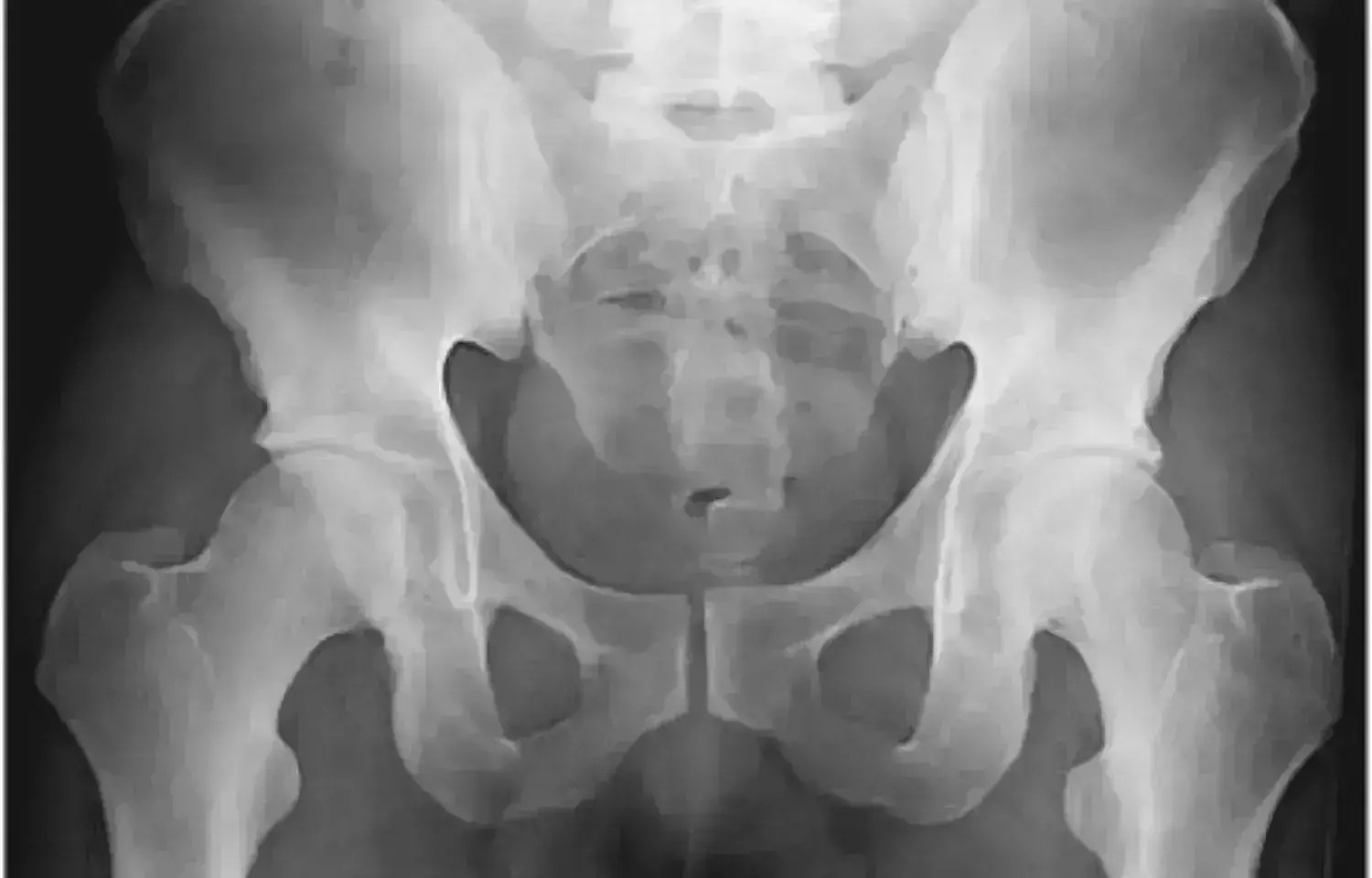- Home
- Medical news & Guidelines
- Anesthesiology
- Cardiology and CTVS
- Critical Care
- Dentistry
- Dermatology
- Diabetes and Endocrinology
- ENT
- Gastroenterology
- Medicine
- Nephrology
- Neurology
- Obstretics-Gynaecology
- Oncology
- Ophthalmology
- Orthopaedics
- Pediatrics-Neonatology
- Psychiatry
- Pulmonology
- Radiology
- Surgery
- Urology
- Laboratory Medicine
- Diet
- Nursing
- Paramedical
- Physiotherapy
- Health news
- Fact Check
- Bone Health Fact Check
- Brain Health Fact Check
- Cancer Related Fact Check
- Child Care Fact Check
- Dental and oral health fact check
- Diabetes and metabolic health fact check
- Diet and Nutrition Fact Check
- Eye and ENT Care Fact Check
- Fitness fact check
- Gut health fact check
- Heart health fact check
- Kidney health fact check
- Medical education fact check
- Men's health fact check
- Respiratory fact check
- Skin and hair care fact check
- Vaccine and Immunization fact check
- Women's health fact check
- AYUSH
- State News
- Andaman and Nicobar Islands
- Andhra Pradesh
- Arunachal Pradesh
- Assam
- Bihar
- Chandigarh
- Chattisgarh
- Dadra and Nagar Haveli
- Daman and Diu
- Delhi
- Goa
- Gujarat
- Haryana
- Himachal Pradesh
- Jammu & Kashmir
- Jharkhand
- Karnataka
- Kerala
- Ladakh
- Lakshadweep
- Madhya Pradesh
- Maharashtra
- Manipur
- Meghalaya
- Mizoram
- Nagaland
- Odisha
- Puducherry
- Punjab
- Rajasthan
- Sikkim
- Tamil Nadu
- Telangana
- Tripura
- Uttar Pradesh
- Uttrakhand
- West Bengal
- Medical Education
- Industry
MRI lesions predict axial spondyloarthritis in pregnant and postpartum women

A new study by Rosa Marie Kiil and team showed that, at 12 months after giving birth, 41% of women satisfied the criteria for current Assessment of SpondyloArthritis international Society (ASAS) sacroiliitis, which might lead to erroneous axial spondyloarthritis (axSpA) assignments in postpartum women with back pain. The findings of this study were published in Arthritis and Rheumatology.
Women may experience sacroiliitis associated with axial spondyloarthritis before or after giving birth, according to sacroiliac joint (SIJ) MRI results. In order to better understand the prevalence, development, and topography of SIJ MRI lesions in pregnant and postpartum women, this study was done.
103 first-time moms who received up to five serial SIJ MRIs during gestational week 20 and 12 months after giving birth were included in this prospective cohort research. Following calibration, three assessors independently assessed structural lesions using the Spondyloarthritis Research Consortium of Canada (SPARCC) and a novel two-plane assessment method, as well as bone marrow edema (BME), including sacroiliitis in accordance with the Assessment of SpondyloArthritis International Society.
The key findings of this study were:
BME was prevalent throughout pregnancy and the postpartum period, culminating at 3 months postpartum with an incidence of 69% (SPARCC)/80% (two-plane), although it was remained prevalent at 12 months postpartum in 54% (SPARCC)/58% (two-plane).
At 12 months postpartum, 41% of women met the criteria for sacroiliitis according to the current ASAS definition, whereas 21%/14% of women matched the criteria for active/structural SIJ lesions according to the newly suggested ASAS MRI thresholds.
At all timepoints, BME tended to concentrate in the anterior middle joint parts, and ligamentous BME was uncommon.
Just 2.8% of women had SPARCC erosion scores below 3 (ASAS threshold) at 12 months postpartum.
In conclusion, it may be possible to distinguish between postpartum strain-related disorders and axSpA-related sacroiliitis using the topographical BME distribution and almost no erosions (ASAS threshold) at 12 months after delivery.
Reference:
Kiil, R. M., Weber, U., Loft, A. G., Maimburg, R. D., & Jurik, A. G. (2023). Evolution of MRI lesions at the sacroiliac joints during and after pregnancy by serial MRI from gestational week 20 to 12 months postpartum. In Arthritis & Rheumatology. Wiley. https://doi.org/10.1002/art.42457
Neuroscience Masters graduate
Jacinthlyn Sylvia, a Neuroscience Master's graduate from Chennai has worked extensively in deciphering the neurobiology of cognition and motor control in aging. She also has spread-out exposure to Neurosurgery from her Bachelor’s. She is currently involved in active Neuro-Oncology research. She is an upcoming neuroscientist with a fiery passion for writing. Her news cover at Medical Dialogues feature recent discoveries and updates from the healthcare and biomedical research fields. She can be reached at editorial@medicaldialogues.in
Dr Kamal Kant Kohli-MBBS, DTCD- a chest specialist with more than 30 years of practice and a flair for writing clinical articles, Dr Kamal Kant Kohli joined Medical Dialogues as a Chief Editor of Medical News. Besides writing articles, as an editor, he proofreads and verifies all the medical content published on Medical Dialogues including those coming from journals, studies,medical conferences,guidelines etc. Email: drkohli@medicaldialogues.in. Contact no. 011-43720751


